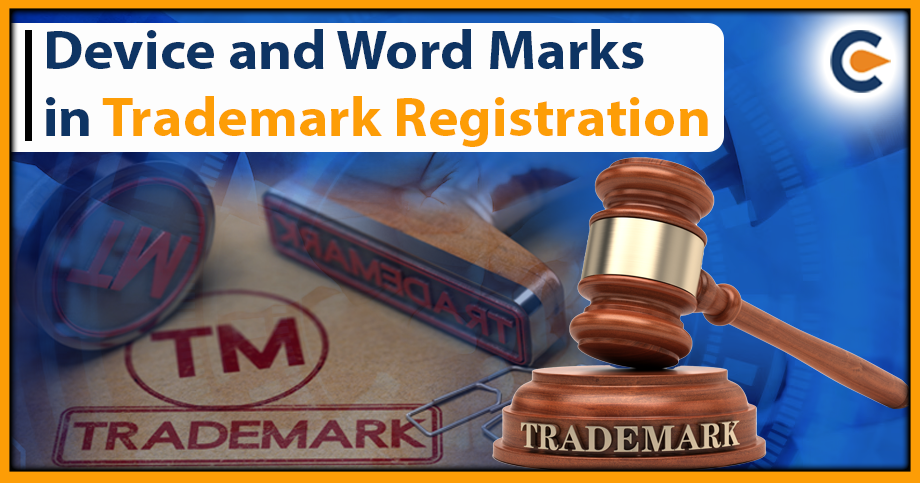A trademark is a symbol that can be used to separate the products or services of one company from those of other companies. Intellectual property rights provide protection for trademarks. Managing anything is essential for success and obtaining the intended results, whether it is a project, a team, or a corporation. Effective management enables people and organizations to make the most use of their resources and accomplish their objectives quickly and cost-effectively. Scroll down to check more information regarding Trademark Portfolio Management.
What is Trademark Portfolio?
A trademark portfolio is a compilation of all the trademarks that the company and the organization have registered and are currently utilizing. These trademarks can be used to differentiate the company’s goods or services from those of rivals. They can be brand names, logos, slogans, designs or other identifying marks. The trademark portfolio of a company is a significant asset that requires constant management to keep it effective and protected. The portfolio can contain both trademarks that have been registered with the relevant intellectual property[1] authorities and those that are actively being used by the business but are not yet registered.
What is Trademark Portfolio Management?
The process of administering and protecting a company’s portfolio of trademarks which includes the identification, filing and enforcement of trademarks connected to the company’s goods or services, is called trademark portfolio management. In order to protect the company’s trademark and make sure they are used consistently and effectively to uphold the company’s brand identity and reputation, a thorough strategy must be developed and put into place. Effective trademark portfolio management improves a company’s worth and preserves its competitive advantage by assisting the company in avoiding legal disputes and potential losses from infringement.
Role of Trademark Attorney in Trademark Portfolio Management
A trademark attorney plays a significant role in the management of a trademark portfolio management. There are attorneys with expertise in trademark law who guide companies through the complex process of managing and registering their trademarks. A trademark attorney can assist in managing a trademark portfolio in the following ways:
- Trademark Clearance Search: A trademark attorney can carry out a trademark clearance search before filing a trademark application to make sure the proposed trademark is available and does not conflict with any already registered trademarks. By doing this, legal disputes and potential trademark infringement lawsuits are averted.
- Trademark Registration: A trademark attorney can assist companies with the preparation and submission of trademark application as well as other steps involved in the trademark registration process. They can also assist in navigating any opposition or rejections from the trademark office.
- Trademark Portfolio Strategy: A trademark attorney also assists in creating a trademark portfolio plan, which includes the choosing and defending trademarks that are consistent with the objectives and values of the company.
- Trademark Renewal: A trademark attorney can oversee and handle the trademark renewal procedure, making sure that the registrations are renewed in a timely and cost effective manner.
- Trademark Infringement: In case of trademark infringement, a trademark attorney can offer advice and representation in trademark disputes or enforcement actions.
Why Is Trademark Portfolio Management Important For Your Business?
All companies should manage their trademark portfolio, especially in the highly competitive market of today. Managing several trademarks connected to a business, including their registration, protection, and enforcement is referred to as trademark portfolio management. Trademarks are essential company assets, and effective management of them can significantly influence the development and expansion of the company.
Trademark Portfolio Management saves the companies from lawsuits and infringements. A company acquires the sole right to use its trademark in its operation when it registers them. The use of identical or confusingly similar trademarks by another company, however, can result in expensive and time consuming legal conflicts. A company can reduce the risk of litigation by successfully managing its trademark portfolio, which enables it to spot possible trademark conflicts and take required precautions to avoid them.
Managing the trademark portfolio is essential for protecting the company’s brand. Consumers can more easily recognize a brand and tell it apart from competitors with the help of trademarks, which are an essential asset. Companies and protect their brand reputation against imitators and unlawful use by managing their trademarks efficiently. This raises the value of the brand and also encourages client loyalty and trust.
An effective trademark portfolio management strategy can raise a company’s worth. Intangible assets like trademarks have the potential to increase the overall business value. A company can also draw investors, obtain finances, and can even negotiate advantageous licensing agreements with the help of a well managed trademark portfolio.
Managing a trademark portfolio allows the companies to maintain a competitive edge. Businesses confront fierce competition in the current global market from the rivals who can use similar trademarks or brand names. A company can protect its intellectual property and guarantee that it stays different from competitors by managing its trademark portfolio well. As a result, companies can grow their market.
How to Manage Multiple Trademarks?
It might not be easy to manage many trademarks for a company, but doing so is necessary to protect the reputation and intellectual property. To handle several trademarks for a company, trademark portfolio management is used. The following are the steps which include in trademark portfolio management work:
- Perform A Trademark Audit: A trademark audit includes looking over all trademarks connected to the company, both registered and unregistered. Potential conflicts and areas for improvement are revealed by the audit.
- Create Trademark Plan: A trademark plan is a plan which describes how the company will protect its trademark and uphold the brand reputation. Guidelines for trademark applications, registration, and enforcement should be a part of the plan.
- Establish A Schedule For Trademark Filing And Renewals: To protect the company’s intellectual property, it is essential to keep accurate trademark records and file the trademark registration on time. The establishment of a filing and renewal schedule guarantees that all essential business deadlines are met.
- Monitor Trademark Usage: It is vital to keep an eye on trademark usage to make sure it is done correctly and that third parties aren’t violating it. Whenever a trademark is violated, the company should take the proper enforcement measures, such as suing or sending a cease and desist letter.
There are other practices for managing a trademark portfolio, along with the above-mentioned ones. They include communication with stakeholders like legal counsel, marketing teams and senior management, as well as uniformity and standardization in trademark usage, adaptability to shifting market conditions, and regular review and evaluation of the trademark portfolio.
Best Practices for Effective Trademark Portfolio Management
- Maintaining consistency and uniformity across all trademarks is vital for effective trademark portfolio management.
- Trademark Portfolio Management should be responsive to shifting corporate requirements and market trends.
- Effective Trademark Portfolio Management helps in keeping the current trademarks in line with the goals and objectives of the company.
- It is essential to analyze and assess the portfolio of registered trademarks regularly.
- Trademark Portfolio Management helps in adjusting to market developments, including new goods or services, developing technologies and consumer preferences.
- Collaboration with internal and external stakeholders is crucial for effective Trademark Portfolio Management.
Conclusion
Companies must manage many trademarks in order to protect their brand and keep a competitive edge in the marketplace. A trademark audit, a trademark strategy, a filing and renewal schedule, monitoring trademark use and maintaining accurate records for trademarks are all necessary for effective trademark portfolio management. Companies can manage their trademark portfolios efficiently, prevent infringement and legal actions, and increase the value of their brands by putting the best effective trademark portfolio management practices such as uniformity, standardization, flexibility, regular assessment and evaluation. Companies can protect their brand and ensure a prosperous future in the market by doing so. In order to make sure their trademarks are adequately secured, it is vital for the companies to give trademark portfolio management a high priority.











